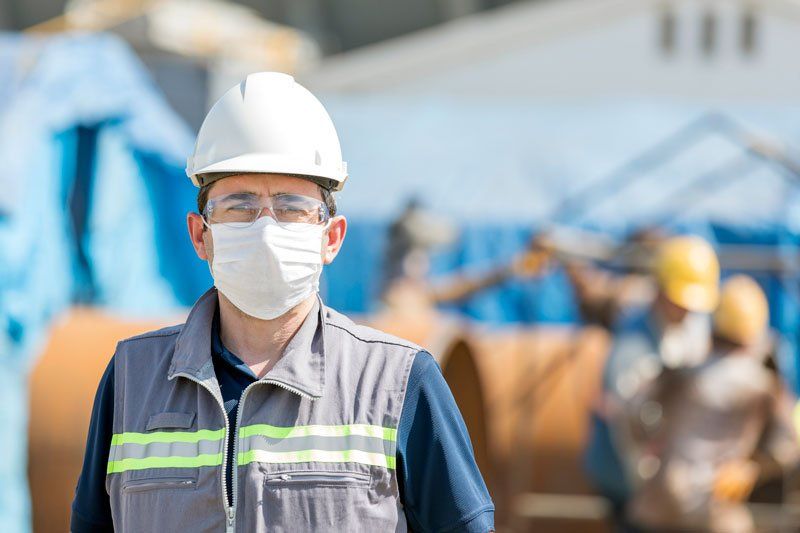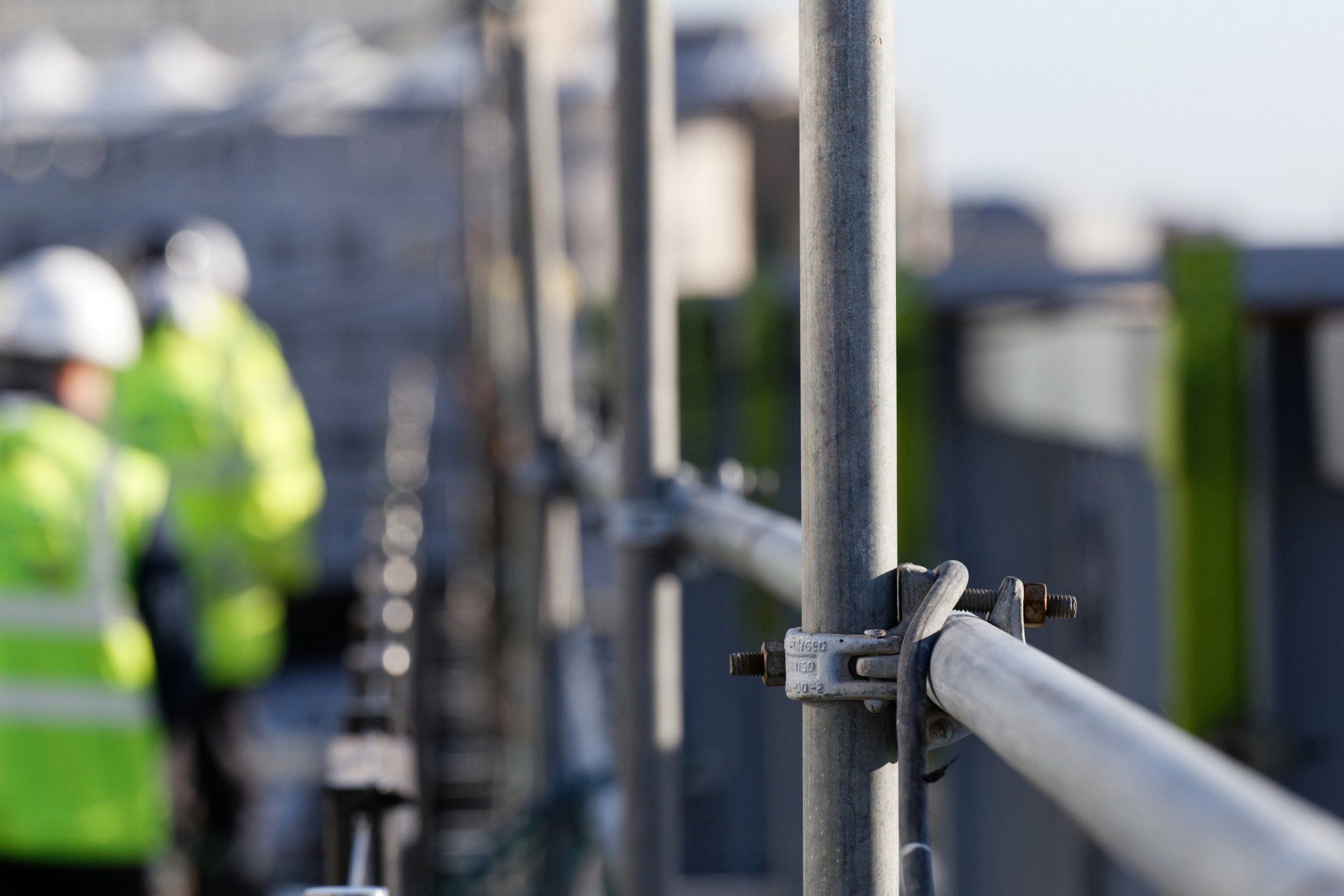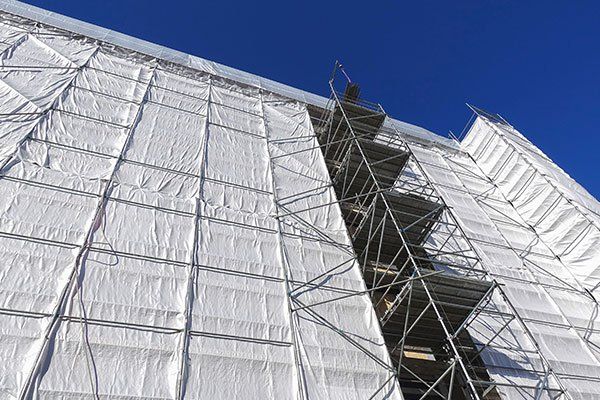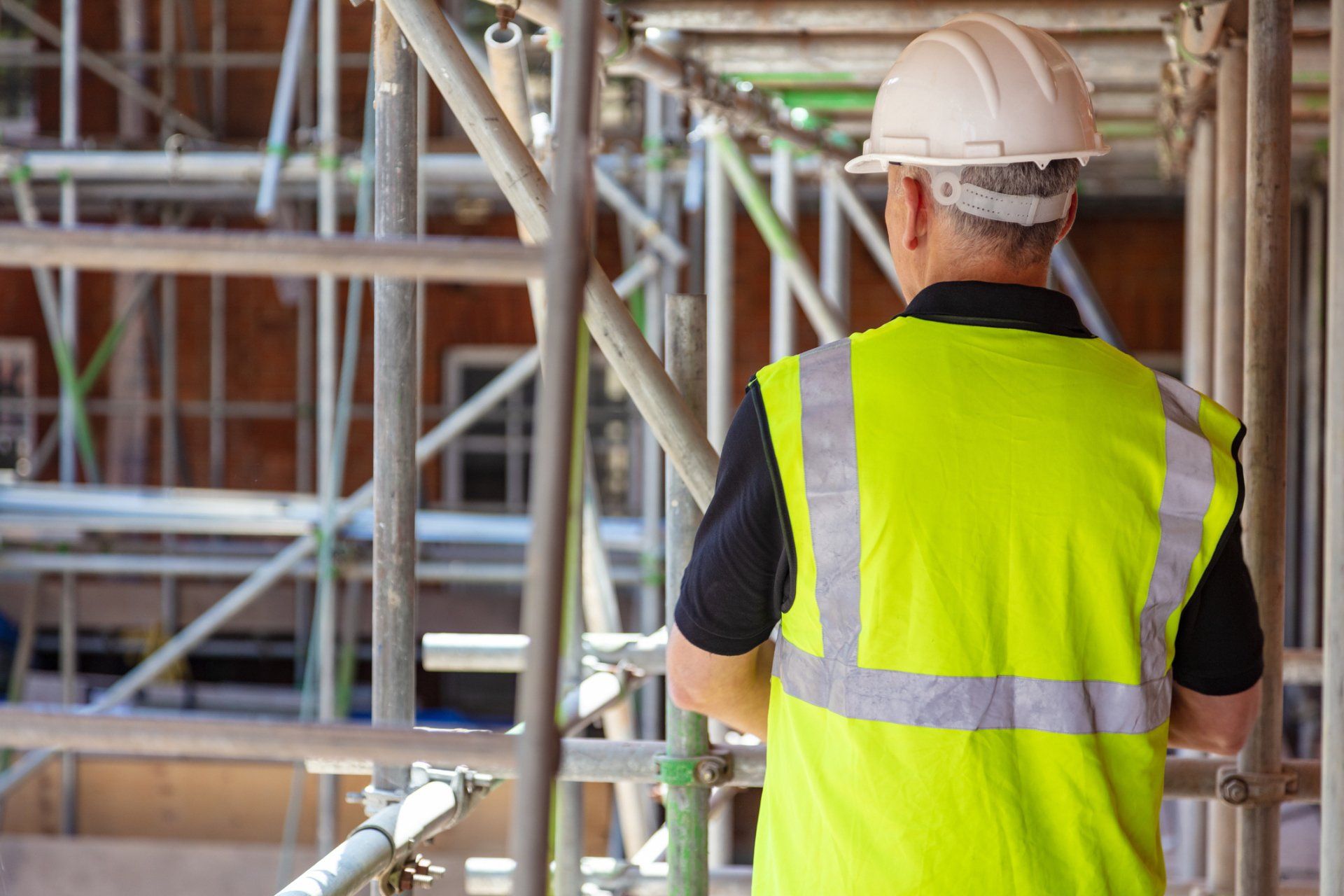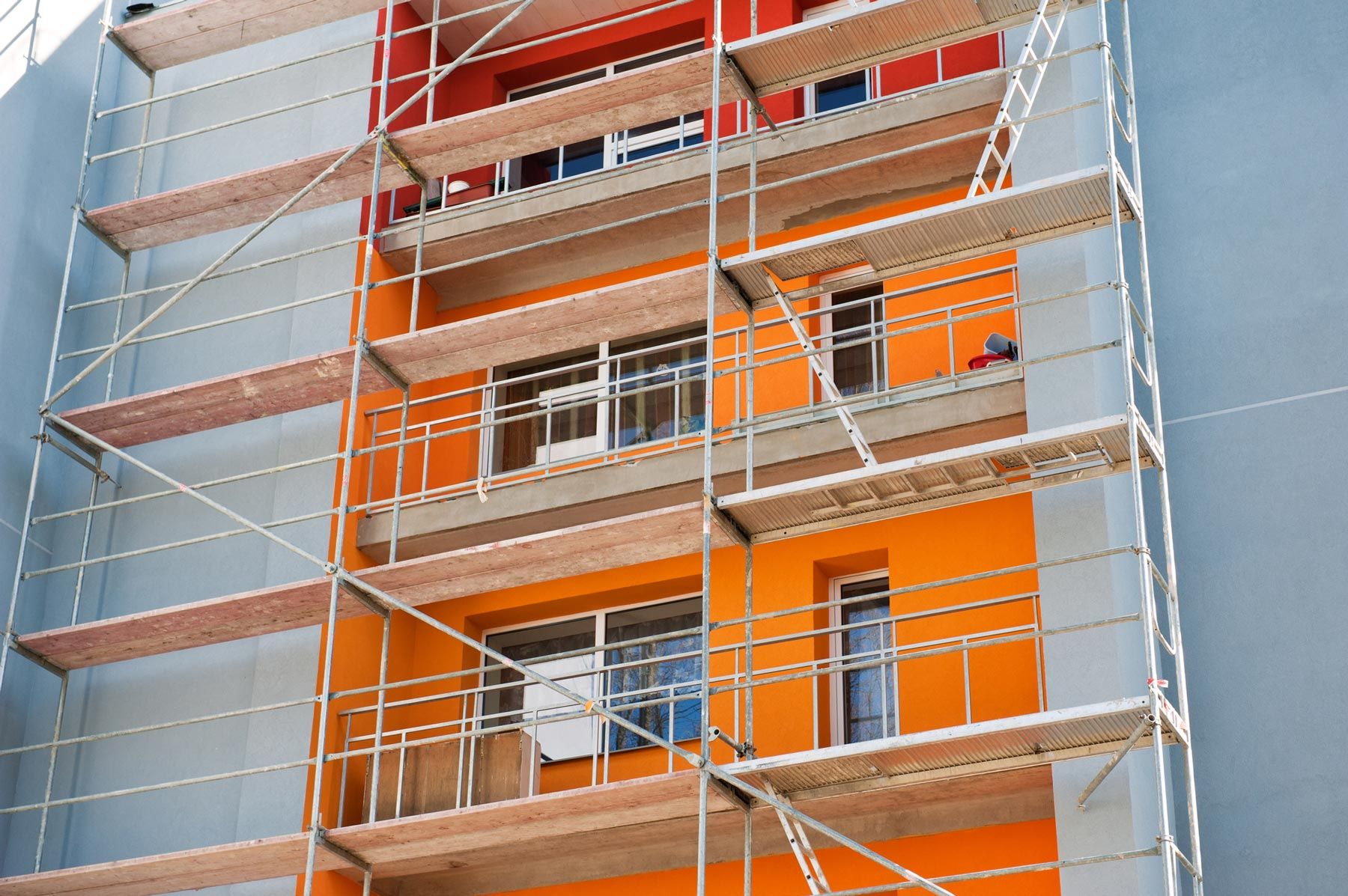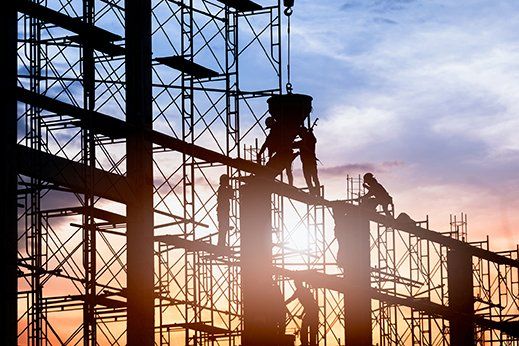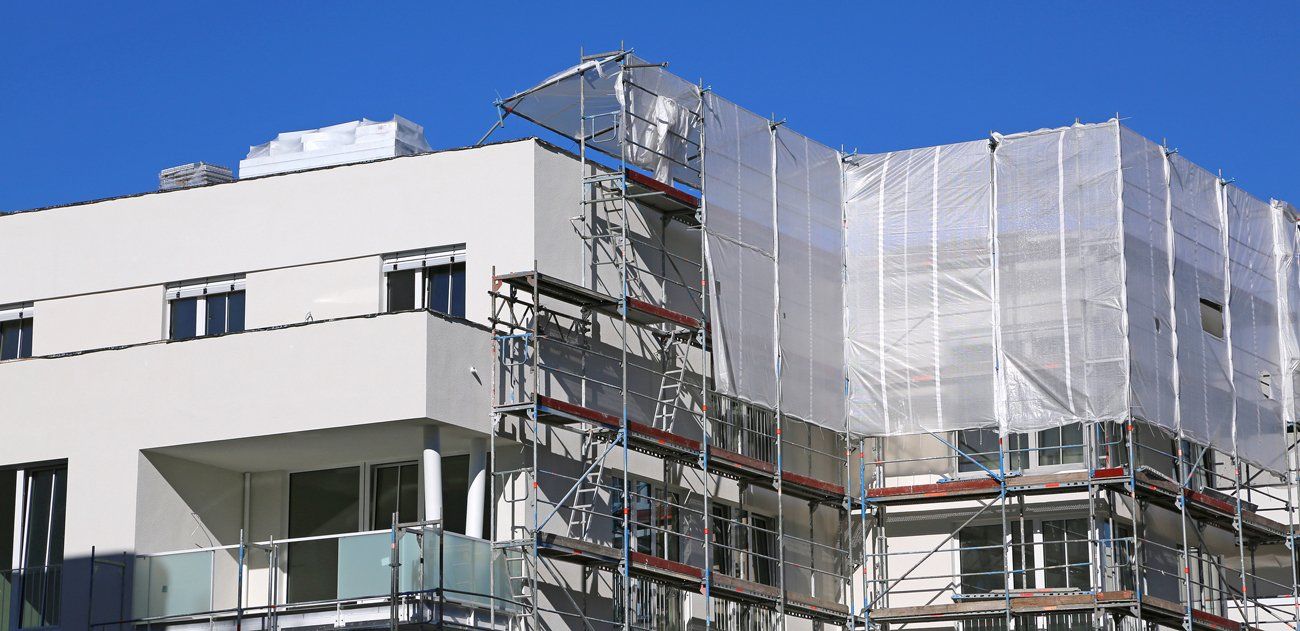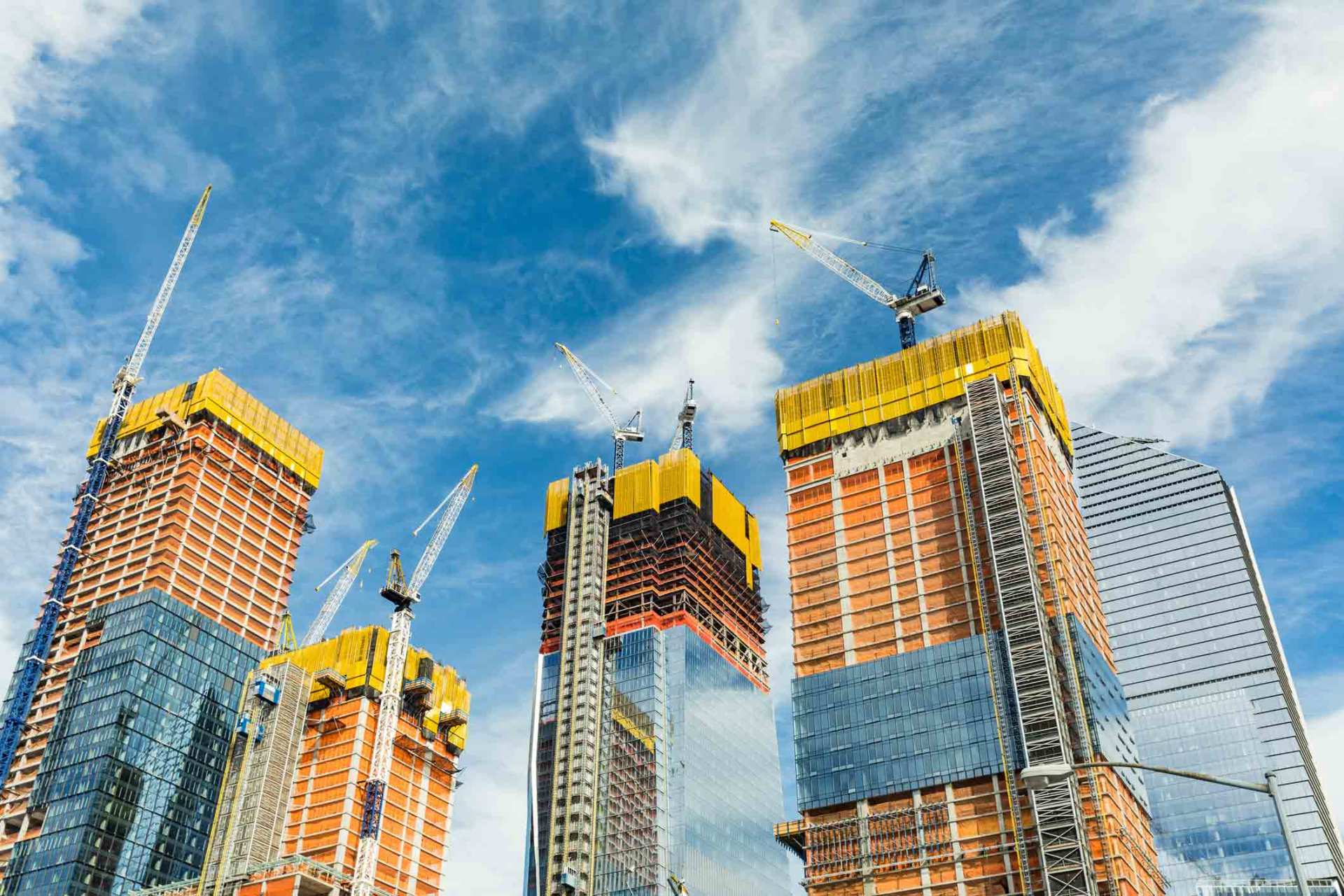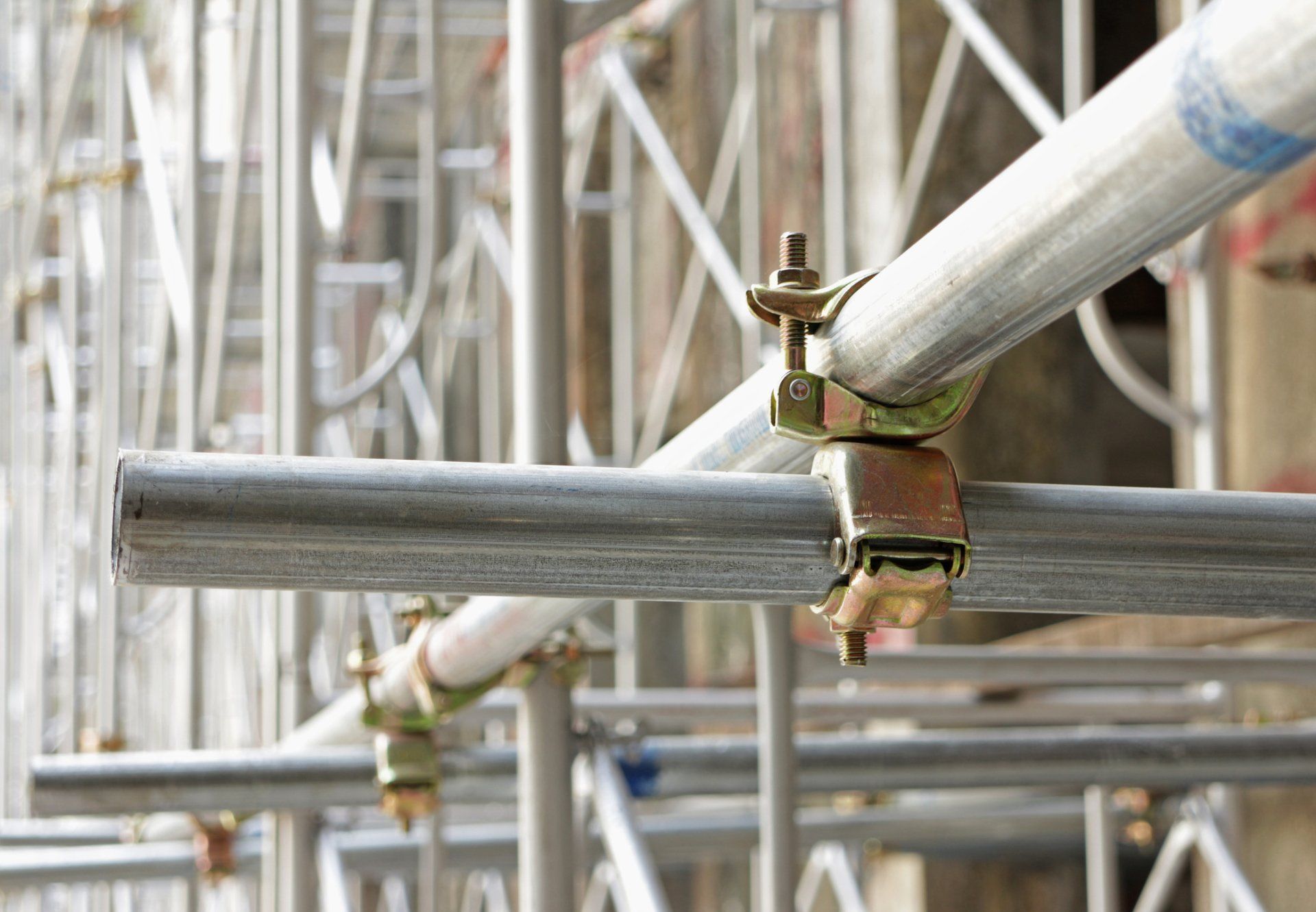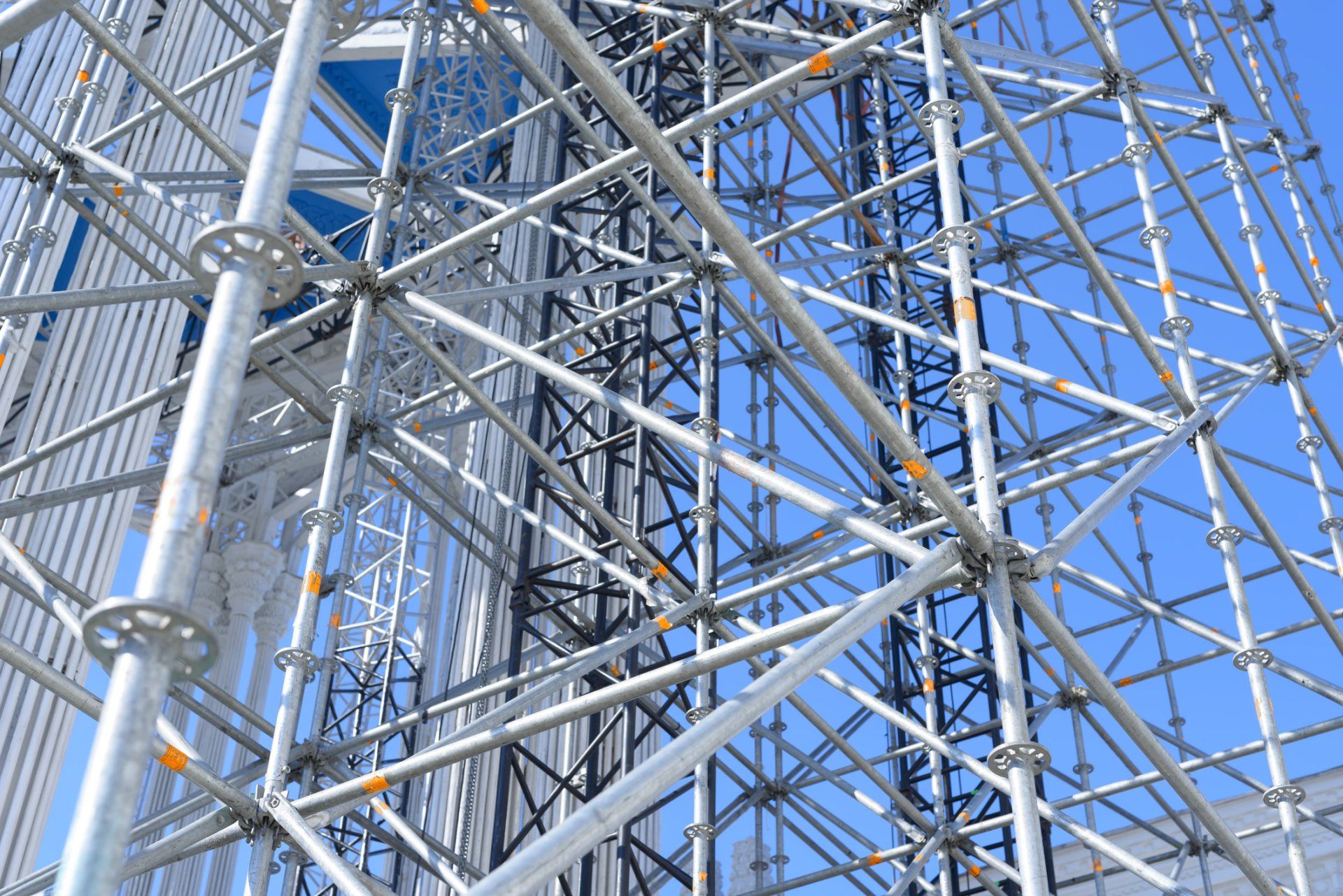4 THINGS TO DO TO ENSURE SCAFFOLD SAFETY
- By Admin
- •
- 20 May, 2017
- •

Scaffolds can make your construction project safer. They prevent your employees from having to use ladders, towers, and other more dangerous methods as they work on tall structures. However, using a scaffold isn't risk-free. If the scaffolding isn't secure or if workers don't follow safety precautions, they risk serious injury and even death.
To ensure your employees stay safe on your scaffold, pay attention to the following steps:
1. PURCHASE A RELIABLE SCAFFOLD
One of the most important steps you can take is to purchase a high-quality scaffold from a respected company. A scaffold company can help you determine the right type of scaffold for your project. They'll consider the load your scaffold is intended to support. The scaffold should be able to support at least four times the maximum intended load. Plus, the rigging should support six times the maximum intended load.
A scaffold company can also provide you scaffolding with all the proper components. This includes a firm foundation, a working platform, and secure guard rails.
Ideally, you can have an experienced scaffold company set up and dismantle your scaffold themselves. This can save you time, and it also ensures the scaffold is installed properly and securely.
2. PAY ATTENTION TO SCAFFOLD REQUIREMENTS
OSHA has specific standards in place for each scaffold. We already mentioned that scaffolds must be able to support at least four times the intended load. Another important requirement is that guardrails must be between 38 inches and 45 inches high to protect construction employees.
Also, the scaffolding must have midrails between the platform and the top rail. The scaffold must also have support from footings and platforms. If the scaffold has a height-to-base ratio of more than 4:1, it must be supported by tying, bracing, or guying.
These requirements protect employees from slipping and falling while they work on the scaffold. All supervisors should consider these requirements before they purchase and install a scaffold.
3. APPOINT A SUPERVISOR
To promote safety of all employees, you should appoint an experienced employee to oversee scaffolding use. Some of their responsibilities may include:
• Regularly inspecting the scaffold to verify its structural integrity and to identify any potential problems such as worn parts or frayed ropes
• Determining whether it's safe to use the scaffolding in harsh weather conditions
• Paying attention to the scaffold's requirements and ensuring the scaffold is never overloaded
• Ensuring workers are trained in scaffold use and follow all necessary safety practices
• Train and oversee employees who erect, move, and dismantle the scaffolds
The supervisor must have significant training and expertise—not just in construction work in general, but specifically in using and maintaining the scaffold.
4. TRAIN WORKERS ON SCAFFOLD RULES
Make sure each worker using the scaffold is trained on scaffold safety practices. They should follow safety practices such as:
• Paying attention to electrical or falling hazards around the scaffold and reporting hazards to the supervisor
• Wearing a hard hat and non-slip shoes
• Using a fall arrest system, if the scaffold is higher than ten feet
• Moving slowly and carefully
• Refraining from climbing between scaffolding sections or on the guardrails
• Refraining from throwing anything from the scaffold
• Refraining from leaving belongings, equipment, or debris on the scaffold
By following these practices, workers can stay safe and avoid accident and injury.
A scaffold can make the construction of tall structures safer and more efficient. But it also presents dangers. By following these guidelines, you can ensure your scaffold benefits your construction project without causing safety problems.
To order safe scaffolding, count on Pacific Scaffold Company. We offer top-quality cantilever, masonry, and plaster scaffolding in San Francisco and San Jose.
To ensure your employees stay safe on your scaffold, pay attention to the following steps:
1. PURCHASE A RELIABLE SCAFFOLD
One of the most important steps you can take is to purchase a high-quality scaffold from a respected company. A scaffold company can help you determine the right type of scaffold for your project. They'll consider the load your scaffold is intended to support. The scaffold should be able to support at least four times the maximum intended load. Plus, the rigging should support six times the maximum intended load.
A scaffold company can also provide you scaffolding with all the proper components. This includes a firm foundation, a working platform, and secure guard rails.
Ideally, you can have an experienced scaffold company set up and dismantle your scaffold themselves. This can save you time, and it also ensures the scaffold is installed properly and securely.
2. PAY ATTENTION TO SCAFFOLD REQUIREMENTS
OSHA has specific standards in place for each scaffold. We already mentioned that scaffolds must be able to support at least four times the intended load. Another important requirement is that guardrails must be between 38 inches and 45 inches high to protect construction employees.
Also, the scaffolding must have midrails between the platform and the top rail. The scaffold must also have support from footings and platforms. If the scaffold has a height-to-base ratio of more than 4:1, it must be supported by tying, bracing, or guying.
These requirements protect employees from slipping and falling while they work on the scaffold. All supervisors should consider these requirements before they purchase and install a scaffold.
3. APPOINT A SUPERVISOR
To promote safety of all employees, you should appoint an experienced employee to oversee scaffolding use. Some of their responsibilities may include:
• Regularly inspecting the scaffold to verify its structural integrity and to identify any potential problems such as worn parts or frayed ropes
• Determining whether it's safe to use the scaffolding in harsh weather conditions
• Paying attention to the scaffold's requirements and ensuring the scaffold is never overloaded
• Ensuring workers are trained in scaffold use and follow all necessary safety practices
• Train and oversee employees who erect, move, and dismantle the scaffolds
The supervisor must have significant training and expertise—not just in construction work in general, but specifically in using and maintaining the scaffold.
4. TRAIN WORKERS ON SCAFFOLD RULES
Make sure each worker using the scaffold is trained on scaffold safety practices. They should follow safety practices such as:
• Paying attention to electrical or falling hazards around the scaffold and reporting hazards to the supervisor
• Wearing a hard hat and non-slip shoes
• Using a fall arrest system, if the scaffold is higher than ten feet
• Moving slowly and carefully
• Refraining from climbing between scaffolding sections or on the guardrails
• Refraining from throwing anything from the scaffold
• Refraining from leaving belongings, equipment, or debris on the scaffold
By following these practices, workers can stay safe and avoid accident and injury.
A scaffold can make the construction of tall structures safer and more efficient. But it also presents dangers. By following these guidelines, you can ensure your scaffold benefits your construction project without causing safety problems.
To order safe scaffolding, count on Pacific Scaffold Company. We offer top-quality cantilever, masonry, and plaster scaffolding in San Francisco and San Jose.

